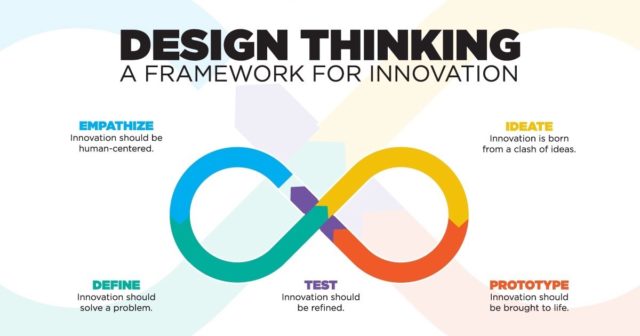Product Design Engineering on Design Thinking-Perspectives
Product Design Engineering on Design Thinking-Perspectives
American Society for Engineering Education, 2018, indicates that design thinking is defined as robust framework. The mentioned framework is intended for creatively and effectively identifying and solving important human problems. Despite design thinking is frequently correlated with fields like industrial design, it is implementable toward many types of problem.
Similarly, American Society for Engineering Education elaborates that design thinking is frequently correlated with traditional design fields such as industrial design and architecture. Subsequently, it has been prolonged to a variety of non-traditional settings. One of these settings is the design of courses and curricula.
There are five-stage design thinking processes (empathize, define, ideate, prototype, and test) that are beneficial to implement the desired Product Designs. To illustrate the following figure that provides overview of the Design Thinking and its five-stage process.

Figure Source: http://www.trainmehub.com/design-thinking-and-its-process/
Ultimately, the following links and its video are expected to further provide preliminary understanding of Design Thinking-Perspectives:
https://www.gpstrategies.com/design-thinking-process/
and
Fila, McKilligan and Guerin, in their articles on conference journals in 2018, indicates the origin of the Design Thinking, though the American Society for Engineering Education. The terminology of Design Thinking, was coined by Herbert A. Simon in his book published by Cambridge and entitled: The Sciences of the Artificial, in 1969, as illustrated in the following figure.

Figure Source: Cambridge Published, MA.
Compiled by
Dr. Khristian Edi Nugroho Soebandrija, BSIE, MM.
Product Design Engineering Program, Binus Aso School of Engineering, BINUS University.
